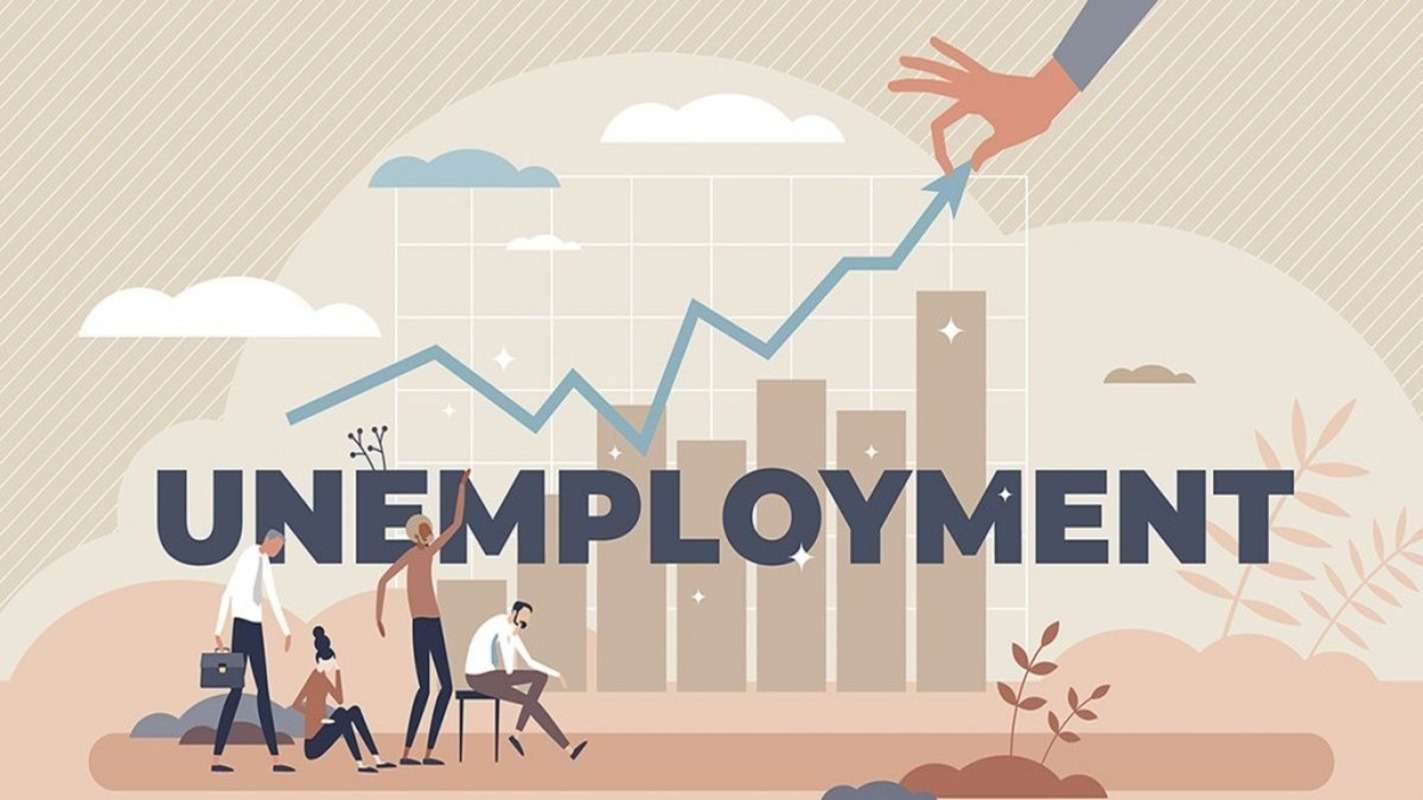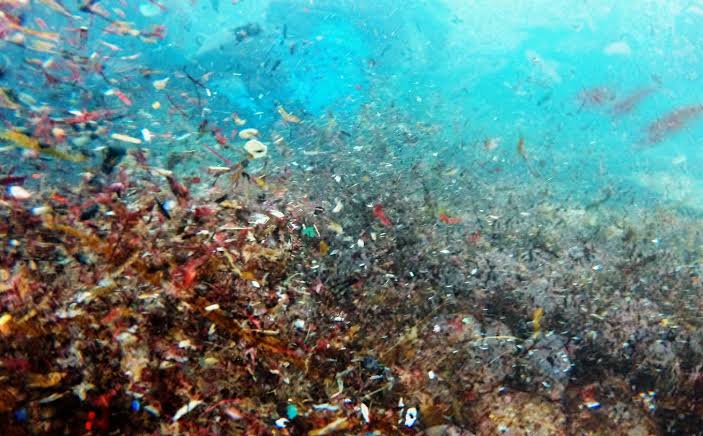
Microplastics in Ganga: The Ganga has seen this country evolve from ancient ages to modern. The river has seen everything from the Mauryan empire to the Modi government. Despite constantly changing empires, people, habitats, kingdoms, rulers, one thing has remained constant for the river – pollution. The Ganga is worshipped as life bearer or mother is now a total of sewage, solid waste, industrial waste and other pollutants. It is disheartening and shocking at the same time that continuous fund allocation for cleaning by the government has not freed mother Ganga from contaminants. River Ganga, its rampant pollution and initiatives by NGOs and the government to clean it are routine.
What is the issue at hand?
The river and its pollution are being discussed because an NGO has found evidence of modern-day pollutants, also known as microplastics, in the river. Microplastics have their highest concentrations in Varanasi and Kanpur, followed by Haridwar. 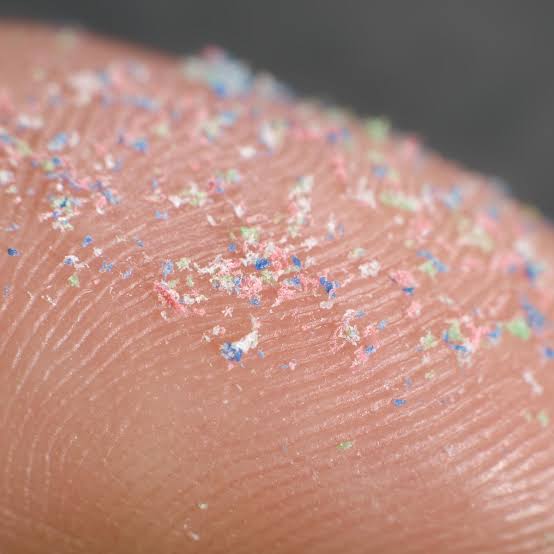
Who conducted the research? What were the findings of that research?
The research was conducted by a Delhi-based environment NGO called Toxics Link. Ganga flows in five states of India and has its own ministry for cleaning it. The research collected different shapes and natures of resins from fibres to fragments, beads to films, et cetera. National Institute of Oceanography NIO tested the river water in Goa. They found 40 different kinds of polymers and identified them as microplastics.
All the scourge found in the river points towards industrial and secondly broken down plastics from everyday use items. The items are clothing, food packets, bags, cosmetics with microbeads, tyres, garland covers, municipal waste, et cetera.
A massive amount of money has been allotted under the National Mission for Clean Ganga to get it free from pollutants and hazardous chemicals. It is acceptable that a river that has been polluted for centuries will not be cleaned within a few years, but something needs to be done to address the new issue.
What are Microplastics? Where are microplastics found?
Plastics have always been a nuisance for the environment, oceans and marine life in general. The bigger problem, which has a relatively smaller size, is called microplastics. Microplastics have a length of less than 5 mm or 0.2 inches. The definition also includes all the plastic pieces that are less than one-millionth of a meter. Microplastics can be small pellets put together and moulded to make larger plastics, microbeads, which are used in personal skincare products to exfoliate dead skin, fibres of clothes because clothes are made from nylon and PET.
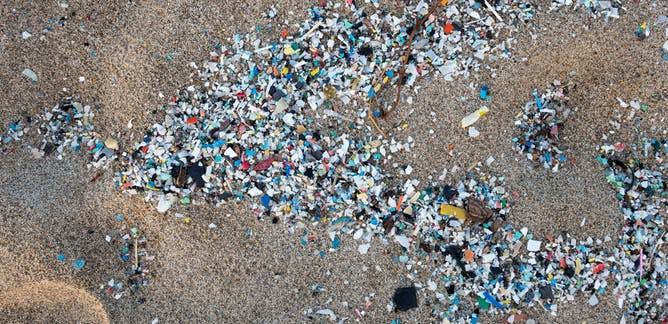
The thread loosens itself from the clothing after a few washes, can pass through sewage and treatment plants, and end up in oceans. More oversized plastic items because of wear and tear break down into smaller fragments or nano-sized particles, which can pass through sewage and treatment plants to enter into oceans. Microplastics can be found in bottled water, teabags, beer bottles, rainwater,atmospheric air, ashore sea breeze, human faeces, salts, Arctic ice, seafood and fish etc.
How are microplastics dangerous for human and marine health?
The scope of finding microplastics alone should alarm us about their dangerous effects. Plastic, be it nano or significant, can harm a human body if ingested. Studies have indicated that few microplastics can move across living cells like M cells or dendritic cells. It can accumulate in secondary organs and affect the immune system. Given Coronavirus and massive deaths, the well-being of the body’s immune system is a priority.
If microplastic is ingested, it can cause inflammation in tissues, proliferation in cells, necrosis, damage immune cells etc. It can also disturb the gut microbiome, and the body can absorb chemicals present in microplastic, causing inflammation. Ingested fibres of asbestos can inflame lung tissues and cause cancer; suspended microplastics, when inhaled, can damage the lungs and respiratory system. It can interfere with the working of the endocrine system affecting the entire body.
As far as marine life is concerned marine biodiversity is harmed because few animals do not reproduce successfully in the presence of microplastics. Like humans, animals also ingest microplastics which can hamper their bodies resulting in various problems like deformed bodies, slow growth etc. Zooplankton is the first animals in the food chain which are affected the most by microplastics.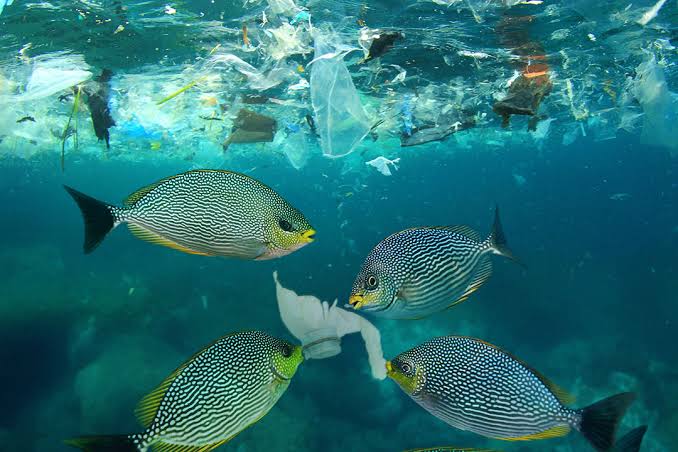
Zooplankton is vital because if they are compromised, the entire marine food chain is at stake. This effect will cumulate and reach humans. The majority of human beings depend on the sea for food; if microplastics are not controlled, it will lead to food scarcity in the long run. The world will run out of fish to feed its people.
Why is it hard to clean microplastics from oceans?
The concentration of microplastics is recorded at remote places like Mount Everest, Artic snow, French Pyrenees, depths of Mariana trench and Iceland glaciers. These places outweigh the capacity of state governments to clean, collect and manage waste. The ocean currents distribute and deposit microplastics in the seafloor as sediments.
Deep sea hotspots of biodiversity are becoming microplastic hotspots. The microplastics are located at deep sea floors affecting marine life, supply of oxygen and nutrients to deep sea benthos. Thousands of organisms that live near the benthic zone or the most bottom portion of an ocean or sea. There have been successive policies and regulations made to control the use of plastic, but there is no work done on the ground. 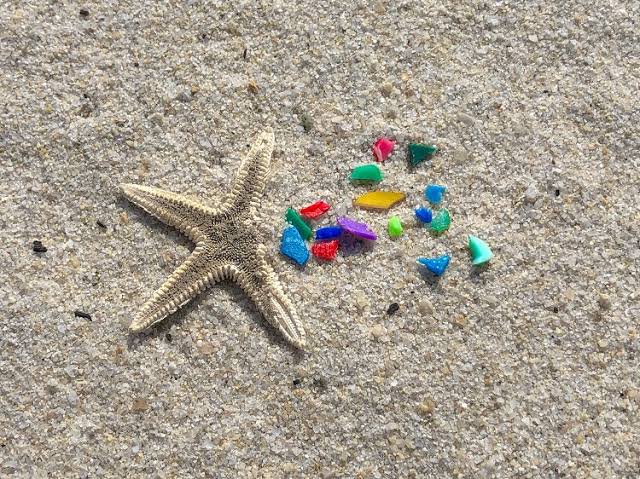
What does the government need to do more to control microplastic waste?
Various programmes such a Bharat Abhiyan, Namami Gange, clean Narmada mission, plastic waste management rules, solid waste management rules have been created but lack implementation. Apart from poor execution, there is only so much work that the government alone can do. Waste segregation while dumping waste has to be followed by governments, municipal corporations and people. Time and again, municipal corporations educate people about segregating waste as dry and wet when dumping, yet people falter to do the essential work.
The government has a limited capacity to manage and recycle plastic; given the rampant use, the treatment facilities are inadequate. The government has to create capacity for recycling and treatment of waste, educate people about avoiding single-use plastic and stop production of single-use plastic. Labels should be mentioned on packages for recycling. The responsibility of the producer has to be extended for the manufacturing and recovery of such materials.
The government has to provide support like tax rebates, invest in research and development, public-private partnerships and technology incubation to support recycling single-use plastic. Recycling and using products that can be recycled is costly. Expansion of the use of biodegradable plastics has to be encouraged. Cornstarch, grain flour, bagasse has to be turned into edible plastic. All these measures require a lot of money and marketing because they are costlier than traditional plastic.
People who use single-use plastic must be shunned publicly. Multilayered packaging of bread, food traps and unnecessary protective packaging should be avoided. Single-use plastic is the primary source of marine pollution. If single-use plastic pollution is not addressed, the world will run out of food to feed its people one day. A new treaty managed on the lines of Montréal protocol and Paris agreement must come into force.
India has a chance to show the world that it can be a global leader in reducing environmental pollution and must take an active part in it.


